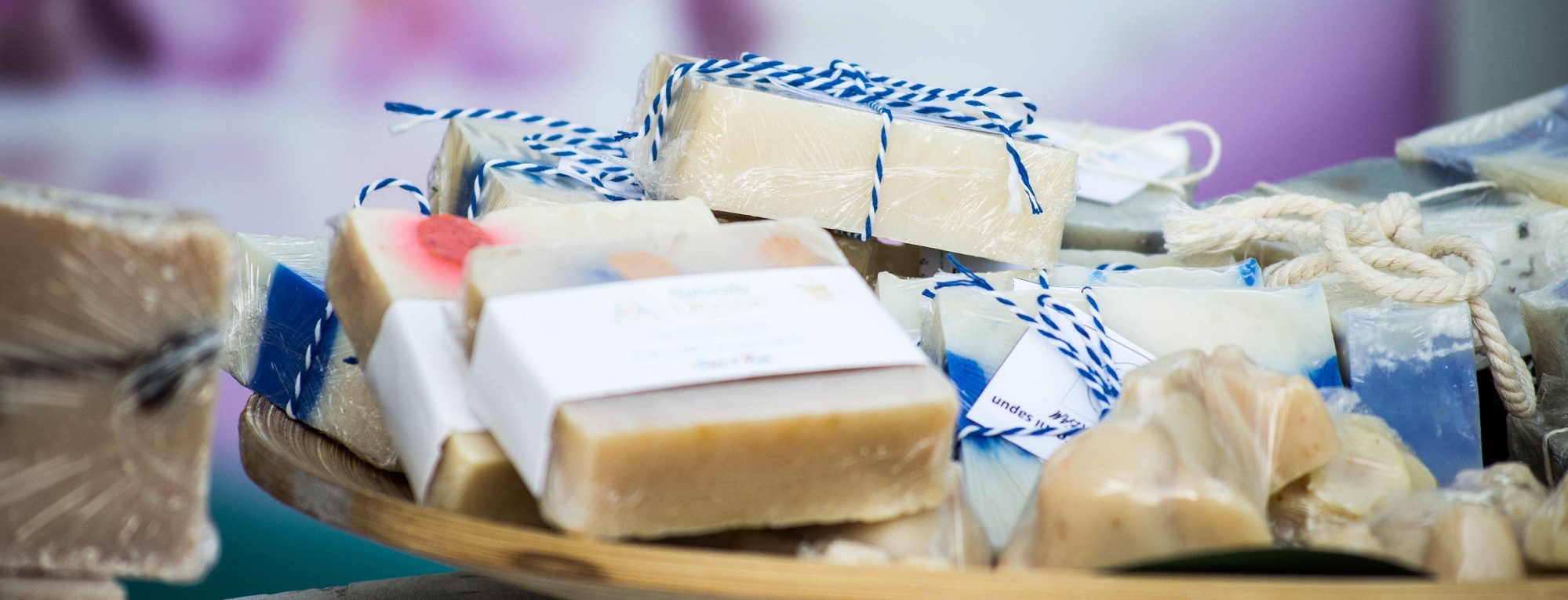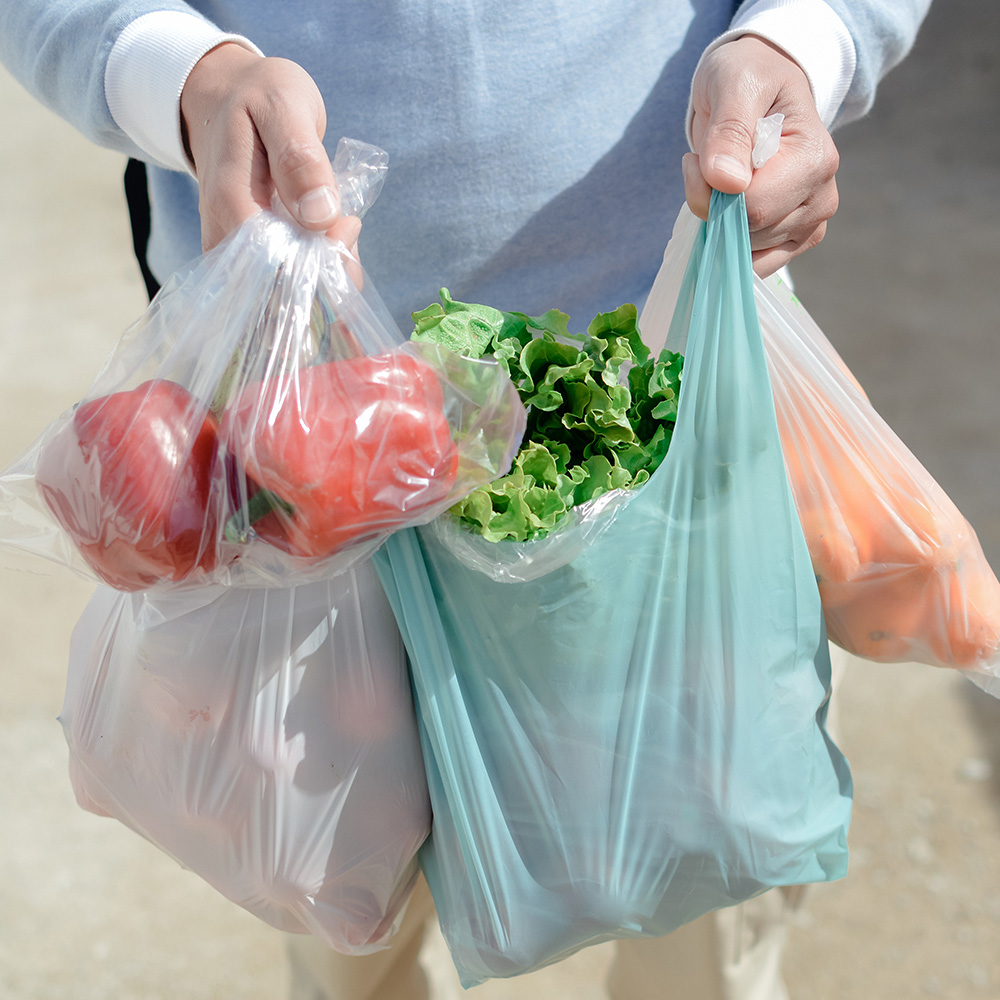
Going green: experimenting with different ways of reducing plastic packaging
Succeeding with green products and services is hard, but systematic business model experimentation can make it possible, argue Hussnain Bashir, Sveinung Jørgensen, Lars Jacob Tynes Pedersen and Siv Skard in LSE Business Review.
Companies are increasingly expected to innovate for sustainability and one widespread way in which they do so is by developing and launching green products and services. Often, such innovation requires making significant changes to business models, which introduces uncertainty and risk. This may hinder companies’ willingness and ability to initiate, follow through and succeed with green innovations.

A key question, then, is how companies can reduce risk and increase their chances of success with green innovations. Our recent study makes the case that business model experimentation can be a solution.
There are numerous examples of companies that have realised that they need new business models in order to go green. The carpet producer Interface introduced a “carpet-as-a-service” business model in order to allow for product longevity, waste minimisation and material recycling. The ice cream brand Ben & Jerry’s adopted a B Corp business model, thus integrating social and environmental goals into its mission statement. And the car producer Renault completely redesigned its campus outside Paris to allow for collection, dismantling and reuse of old car components into new car manufacturing.

New research project on experimentation for plastic reduction
Importantly, however, such changes do not occur overnight, but can take place and evolve over many years of trial and error. Recently, theories and practices of business model experimentation have been developed to aid such innovation efforts. During two years, our research team followed and collaborated with Norway’s largest fast-moving consumer goods (FMCG) company Orkla in business model experimentation for sustainability. Thus, we investigated how reiterative experimentation could help the company develop and test new business models for products in the home care category.
The starting point was simple: How could the company move from a traditional FMCG business model based on mass production and retail distribution of soaps and other home care products in single-use plastic packaging to a business model that allowed for comprehensive reuse of the packaging.
At the start of the research and innovation process, the company had a shortlist of many different models based on the logic of refill: whether this meant that consumers would bring refills home, conduct their refills in the store or purchase a product/service bundle, in which service providers (e.g. home cleaning service producers) refilled the soaps at home while conducting cleaning).
Figure 1 illustrates five of these prospective business models.
During a period of two years, we took part in the design, testing and analysis of pilot projects on several of these models. “Refill in the store” was tested in a brief period in a supermarket in Oslo, refill in consumers’ homes were conducted as a pilot, and not least: data was collected from many sources in order to shed light on barriers and drivers for the adoption of each of the models.
In doing so, our research shed light on the process by which a company (in parallel as well as sequentially) can design and test prospective business models, by collecting data on consumer reactions to new value propositions. For instance, our studies revealed distinct barriers for each of the proposed solutions, but also revealed insight into the consumers’ assessments of the relative environmental friendliness of the solutions. Some of these insights were at odds with the company’s initial hypotheses about its consumers and their views.
From a scientific standpoint, our investigations of the business model experiments involved collecting “softer” data (e.g. interviews, focus groups) and ended up with “harder” data sources by means of survey experiments, in which we tested variations of greener value propositions. Thus, we could also inform the company’s ongoing innovation efforts by revealing the relative benefits of the many variations of the same value proposition. Specifically, the refill solution that involved bundling soap refills with home cleaning services was seen as considerably more attractive when the service offering made explicit its environmental friendliness and alleviated safety concerns about opening your home for the service provider.

Together for sustainable value creation
Our study shows how systematic and reiterative business model experimentation for sustainability, in which offerings to consumers are iteratively designed, tested and analysed, can support companies’ transition from the existing business model to a new one (see Figure 2). The research efforts documented in our study are also a testament to the usefulness of researcher-practitioner collaboration on innovation processes, in which scientific methods for experimentation can drive innovation in practice.
Green innovations involve comprehensive transitions for the companies aiming to offer greener products and services to their customers. Our study contributes to the understanding of how business model experimentation can drive such transitions and the practices of experimentation that can help companies succeed in such efforts. In our research project #sustainX at NHH Norwegian School of Economics, and with our collaborators in the ERC project CircularX, we continue to investigate how such experimentation for sustainability can be done in practice.
The opinion piece was first published in LSE Business Review Januar 5 2021.